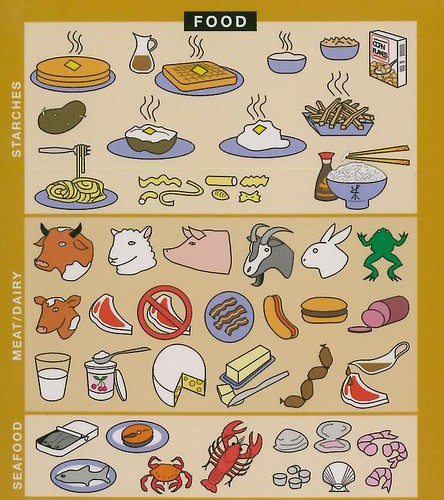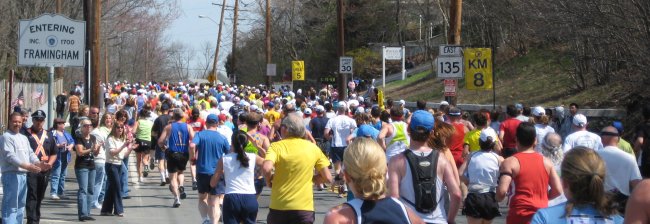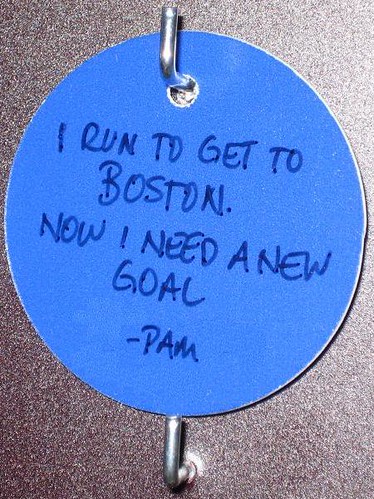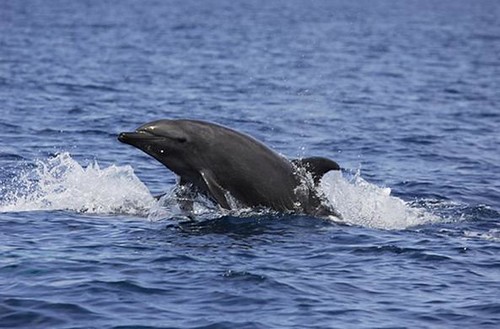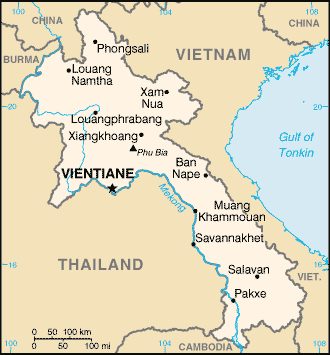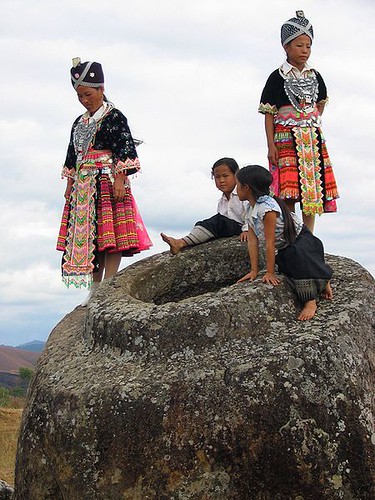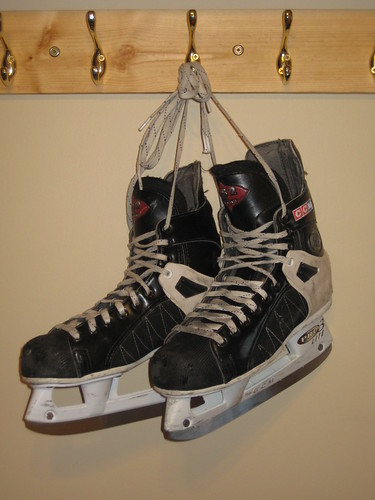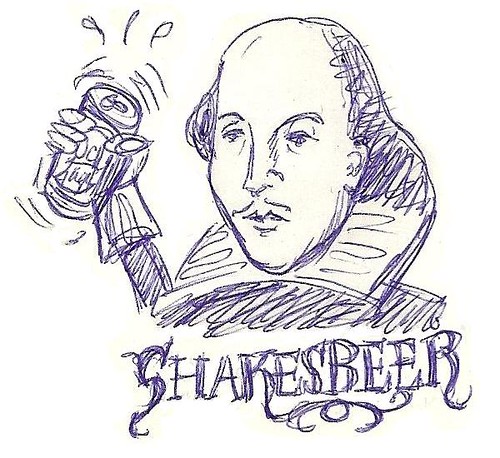I've been a Royal Bank customer for many years - they were the ones I turned to when I first moved to Montreal for school in 1989. I had all my "start-up" funds in a certified cheque that I deposited with a local credit union, where they promptly held the cheque to verify the funds, leaving me broke while trying to set myself up in a new apartment in a new city. (Note to Caisse Populaire: "It was a freaking certified cheque. The whole point was that it shouldn't need to clear! It was CERTIFIED!!!" And yes, I'm still bitter about this 20 years later...) So I marched down to the Royal Bank, and they were very nice to me, and facilitated getting a lump of money sent from home very quickly, and I've been an RBC person ever since.
But when it comes to international travel, RBC leaves a lot to be desired. If I were to use my Royal Bank ATM card while overseas, I'd be shelling out $5.00 every time I used it to withdraw cash from an ATM, not including any fees charged by the bank associated with the machine itself. This seemed perfectly usurious, so I was looking for another option.
Thanks to a recommendation from Jason and Gillian at One Giant Step... Is All It Takes, I've signed up with Citizens Bank. (In a very 21st-century, URL-friendly way, they've omitted the possessive apostrophe. Or maybe the name means "bank of many citizens", as opposed to "bank owned by a citizen", in which case there would never have been an apostrophe to begin with.) (And maybe you didn't even notice, and don't care at all about this grammatical side-trip.)
Citizens Bank is based British Columbia, and was founded in 1997, but doesn't have bricks-and-mortar branches; it's all internet-based. They apparently have "boutiques" in Vancouver, Calgary and Toronto, but those aren't really branches, they're just store-fronts for people who want to find out more because they aren't comfy banking on the web without having dealt with someone in person first.
For us globe-trotting types, the great advantage of Citizens Bank is their Global Chequing Account:
No Citizens Bank ATM fees worldwide!
With a Global Chequing Account, simply use your Access Card to withdraw cash in the US or internationally in the local currency as you need it. You pay the current exchange rate with no additional fees.
- no fees for Canadian, US or international ATM withdrawals*
- no monthly fees or minimum balances
- no fees for debit card purchases in Canada or US
- free bill payments, transfers, cheques and balance inquiries
All the benefits of a regular chequing account, none of the extra charges. This truly is a no-fee Global Chequing Account
Signing up was very easy - it's all done on the Citizens Bank website (of course). Once the application is received, you call in and get an account number and access code to sign in online. You also have to mail them a personalized cheque from an existing bank account, so they can verify something or another**, and then the amount from that cheque is deposited into your account and you're ready to go. I'm still waiting to receive my ATM card, but I'm sure it will be here soon.
One of the things I found interesting was the security process involved when you first set up the account online. My RBC account simply requires me to enter my bank card number and my password. My Citizens Bank account has an account number and a password, but there's another layer of security involved too. I also had to pick a "security picture" and a "security phrase" that are displayed every time I log in to my account. The set-up page shows a grid of 6 icon-like pictures in a number of different categories, and you get to cycle through page after page of these until you see one that you like.
Then you also enter a phrase that will be displayed along with your picture of cavorting kittens (or whatever), so you know that you've signed in securely. It all seems to be a step beyond what I'm used to, which is reassuring.
As a company, Citizens Bank also claims to have some pretty impressive corporate ethics. Of course they offer (even encourage) paperless statements, but that's nothing revolutionary. What's a little more interesting is their no-fee Visa card that donates $0.10 to Oxfam Canada every time you spend $20.00, and one that donates the same amount to Amnesty International. They're apparently the first North-American-based bank to be carbon-neutral, and Citizens Bank employees have helped with Habitat for Humanity builds in B.C., and they donate blood to the Red Cross and help clean up urban green spaces. They probably also spend their coffee breaks rescuing kittens stuck in trees and helping old ladies cross the street. Ok, I'm kidding about that last bit, but check out this Youtube video and you'll see I'm not far off. These folks really seem to be doing some good.
We'll see how things go when I'm actually out on the road, but for now I give Citizens Bank two thumbs up.
* You still have to pay the fees charged by the bank that owns the machine, but that's true locally too.
** The email I got actually says: "Your signed, personal cheque is used for identification and signature verification, as required by federal law"








